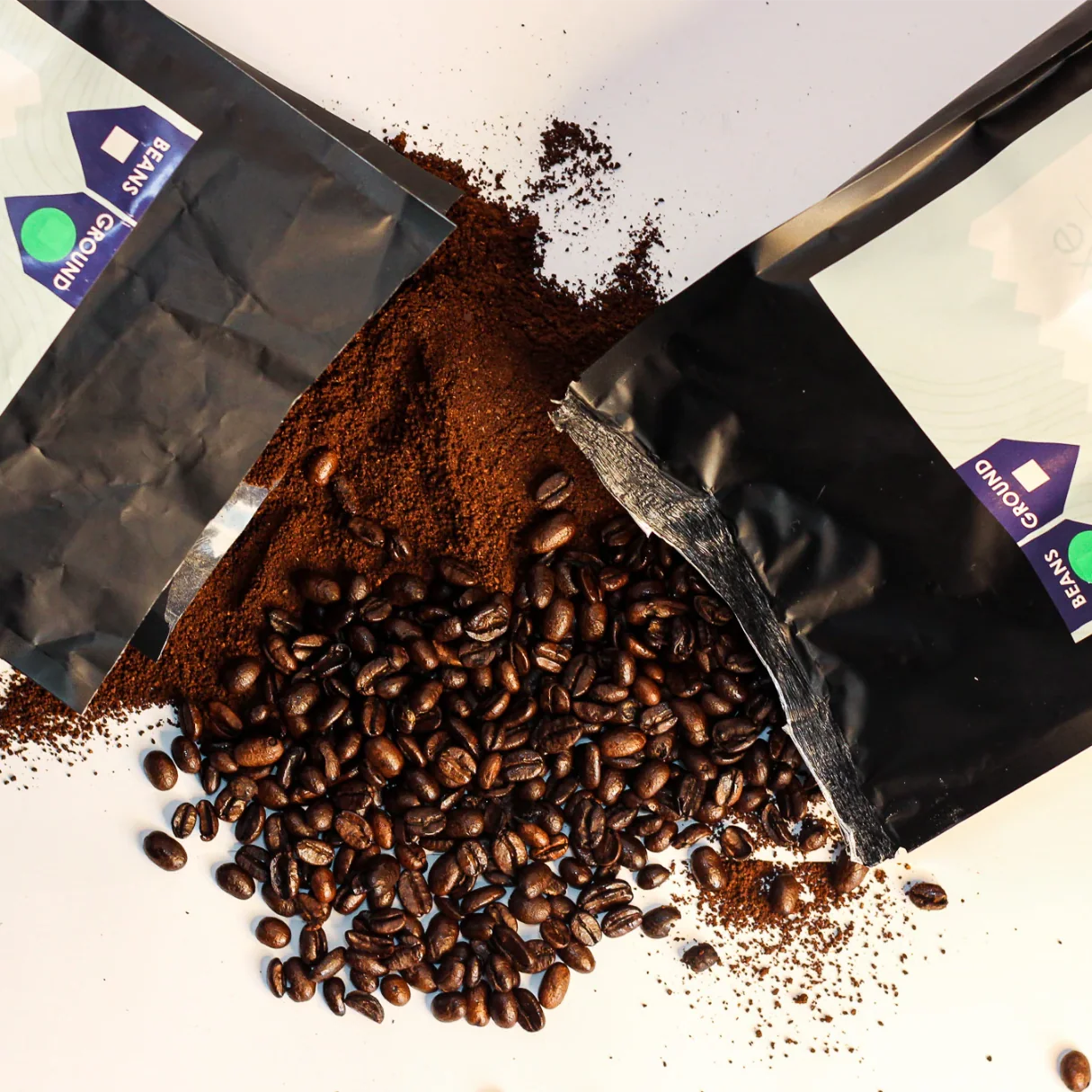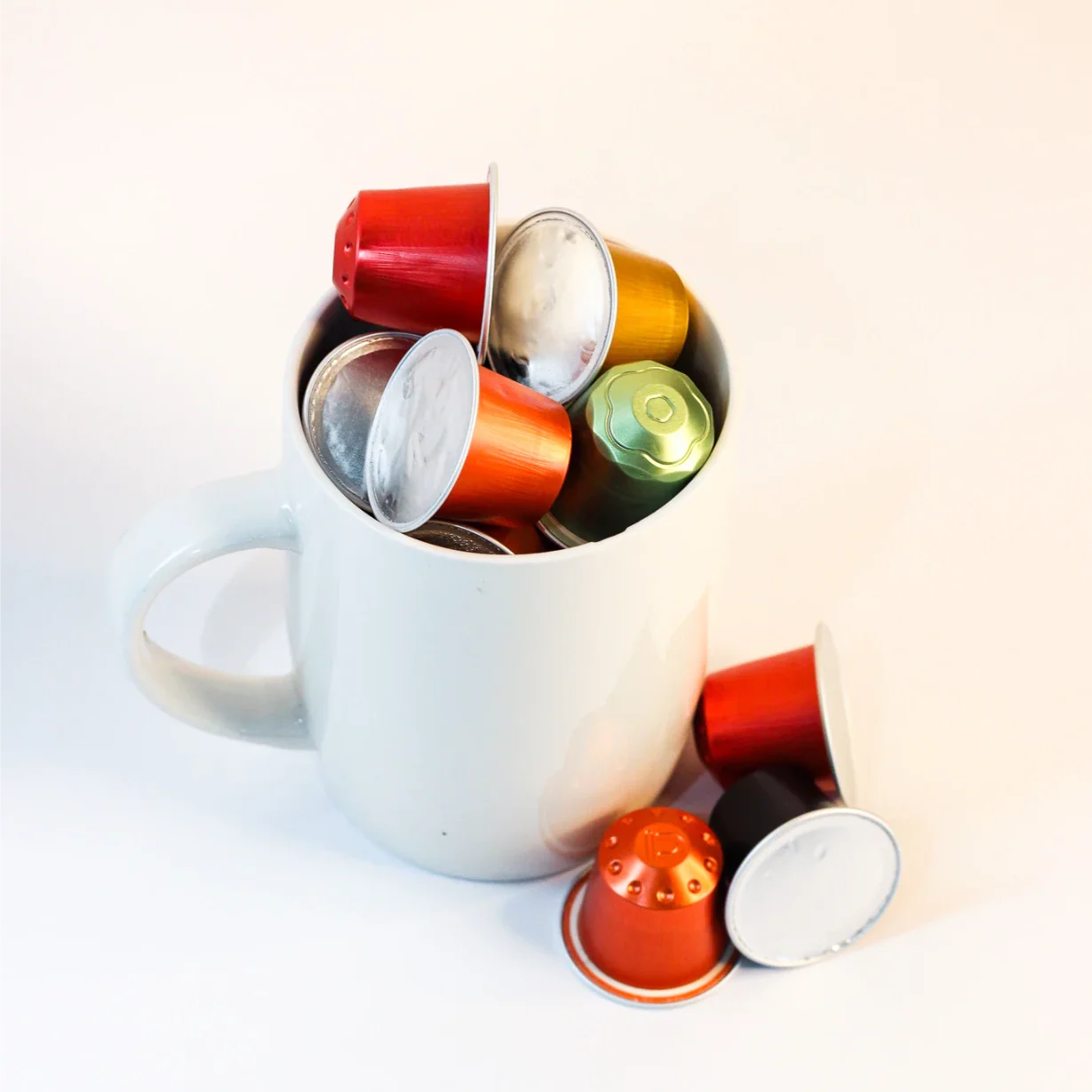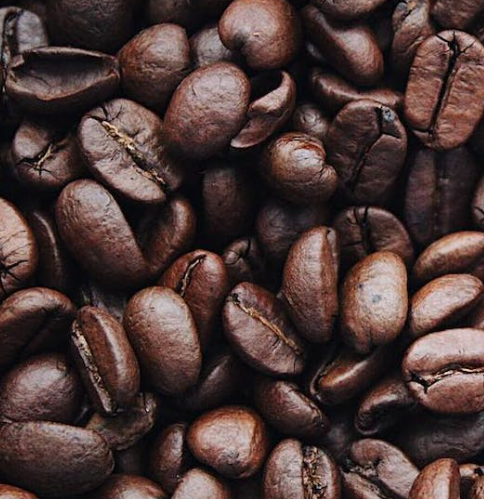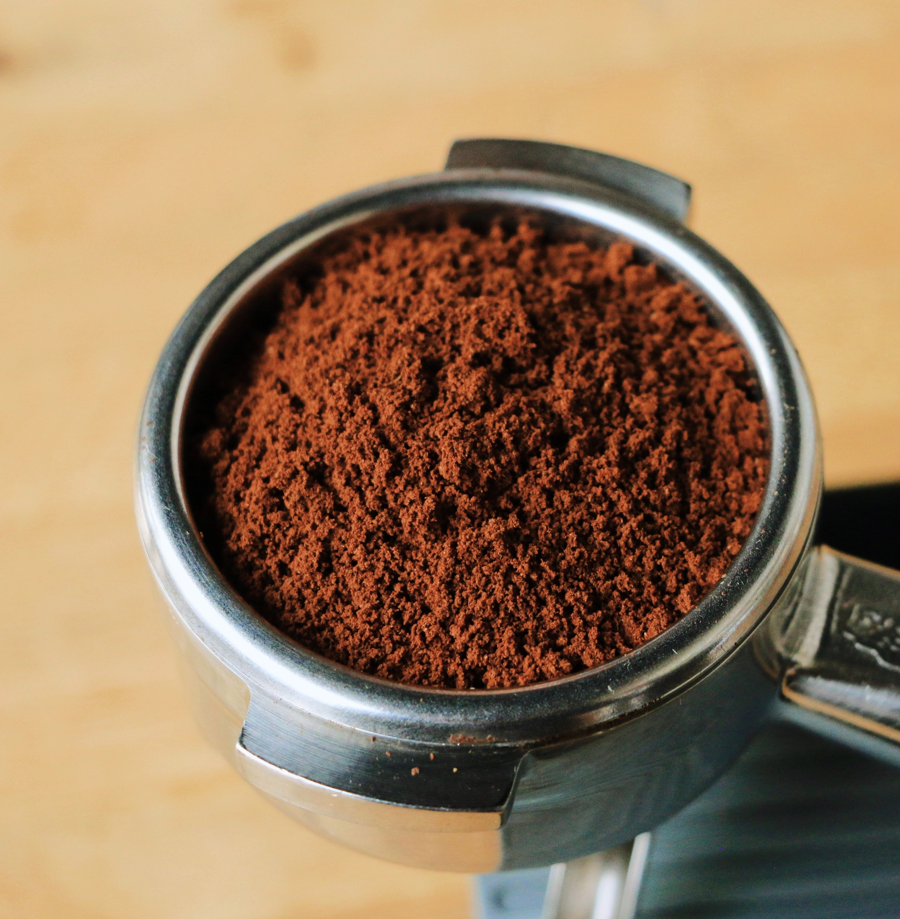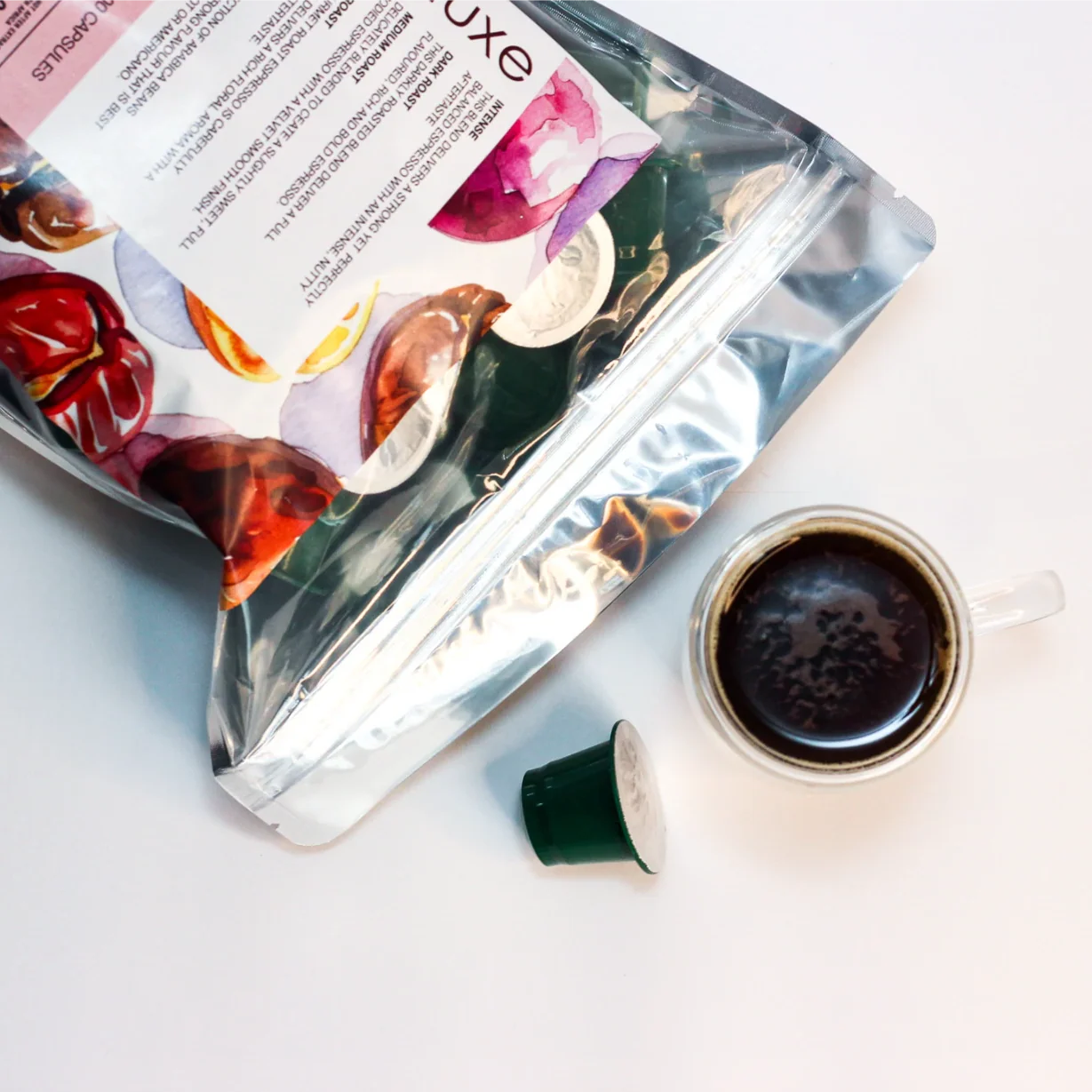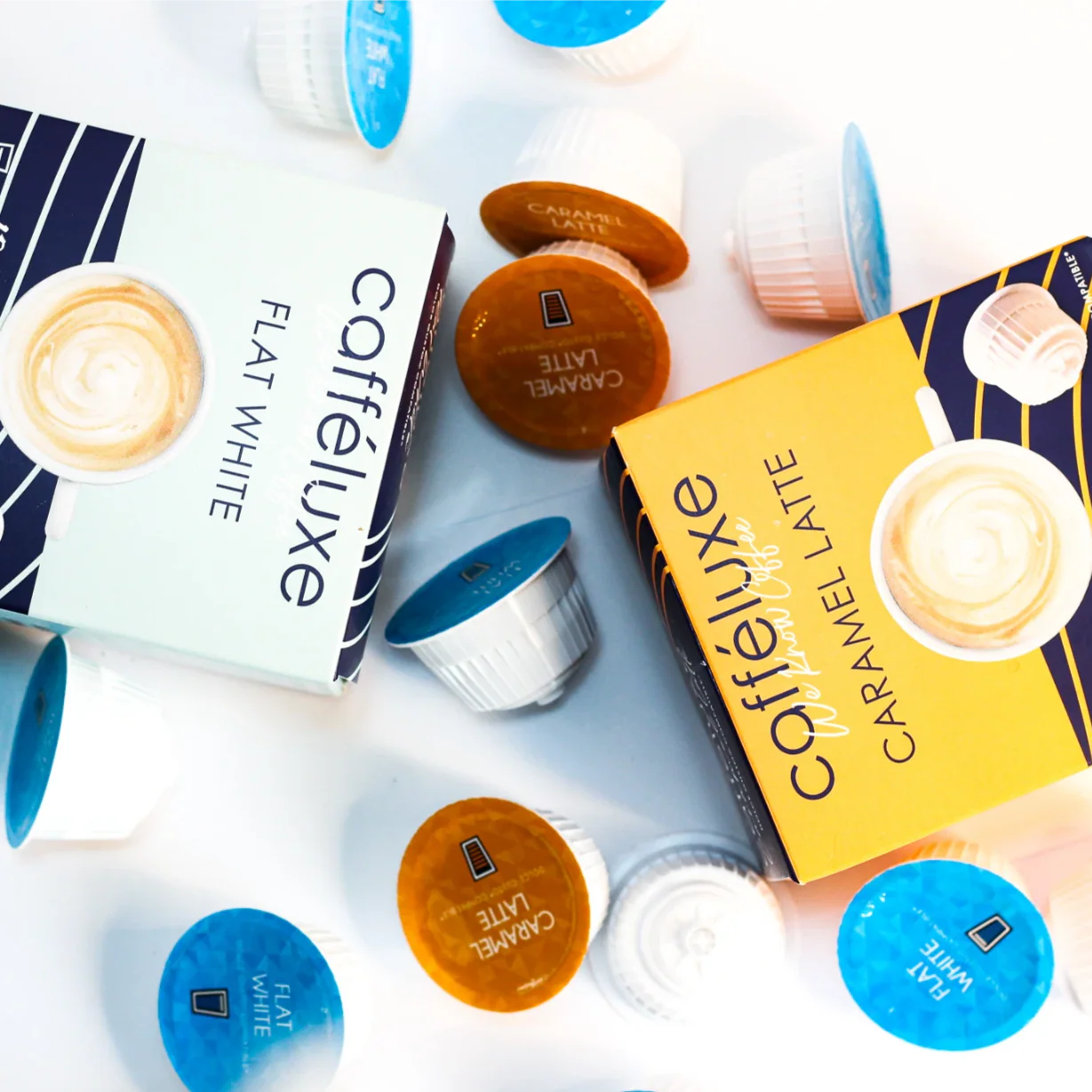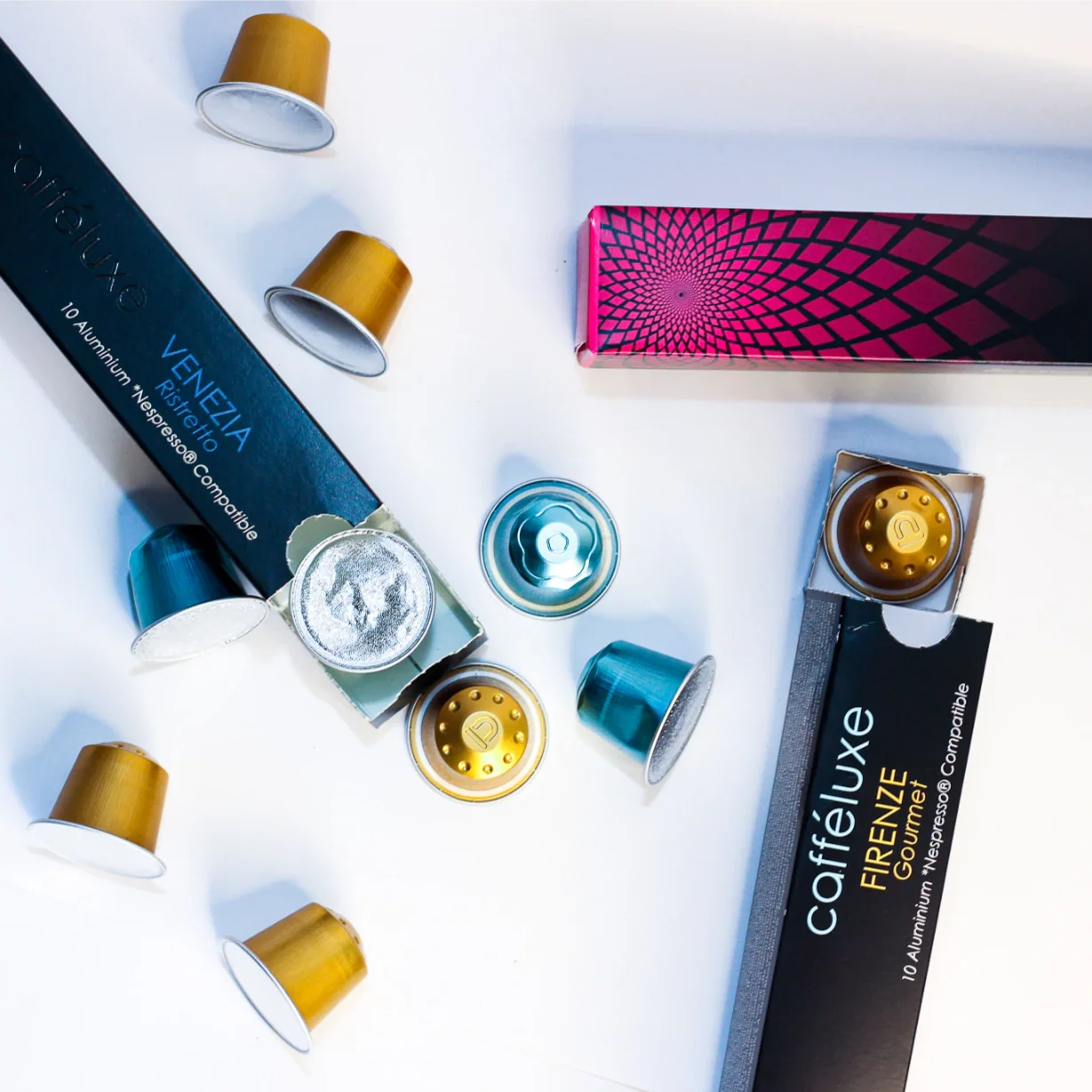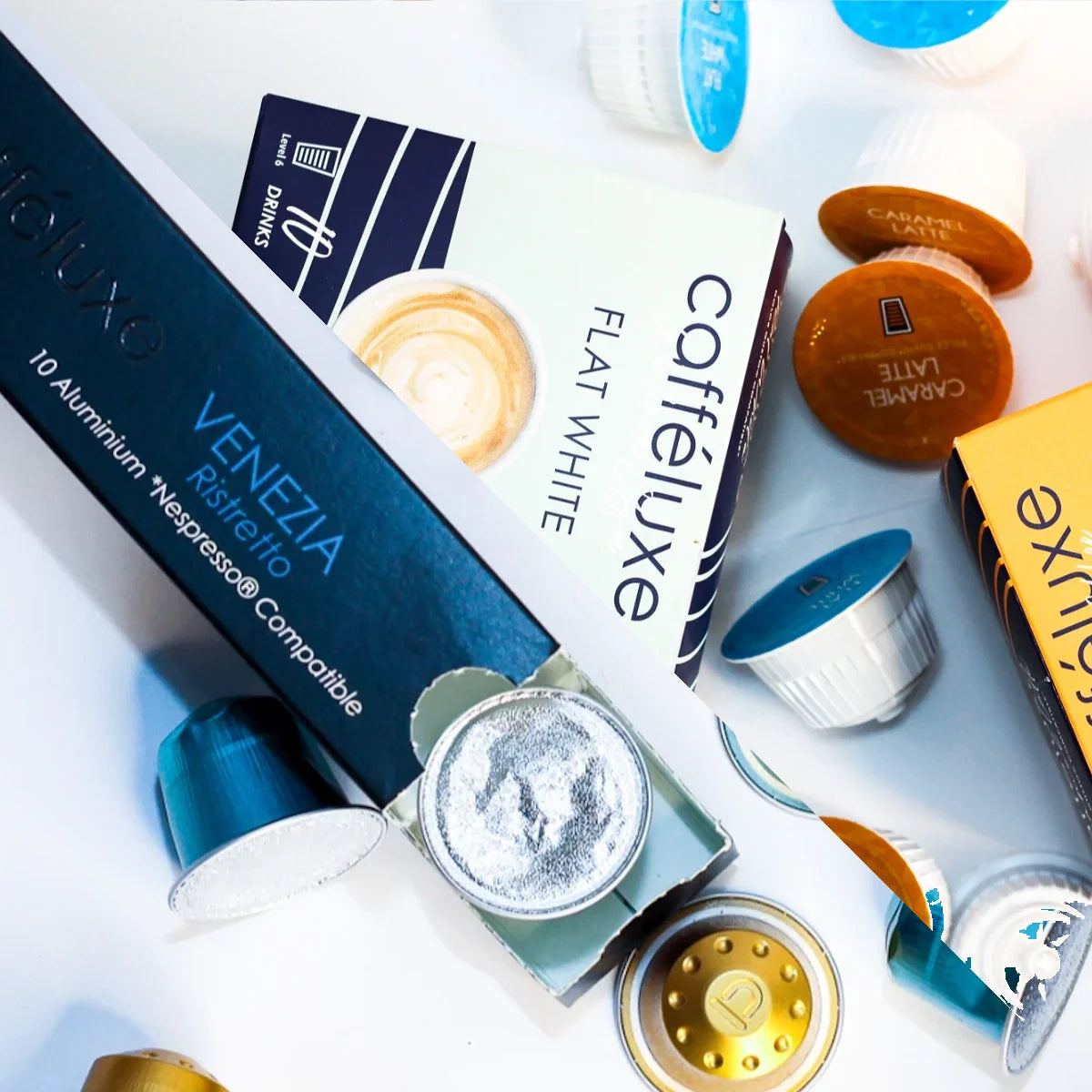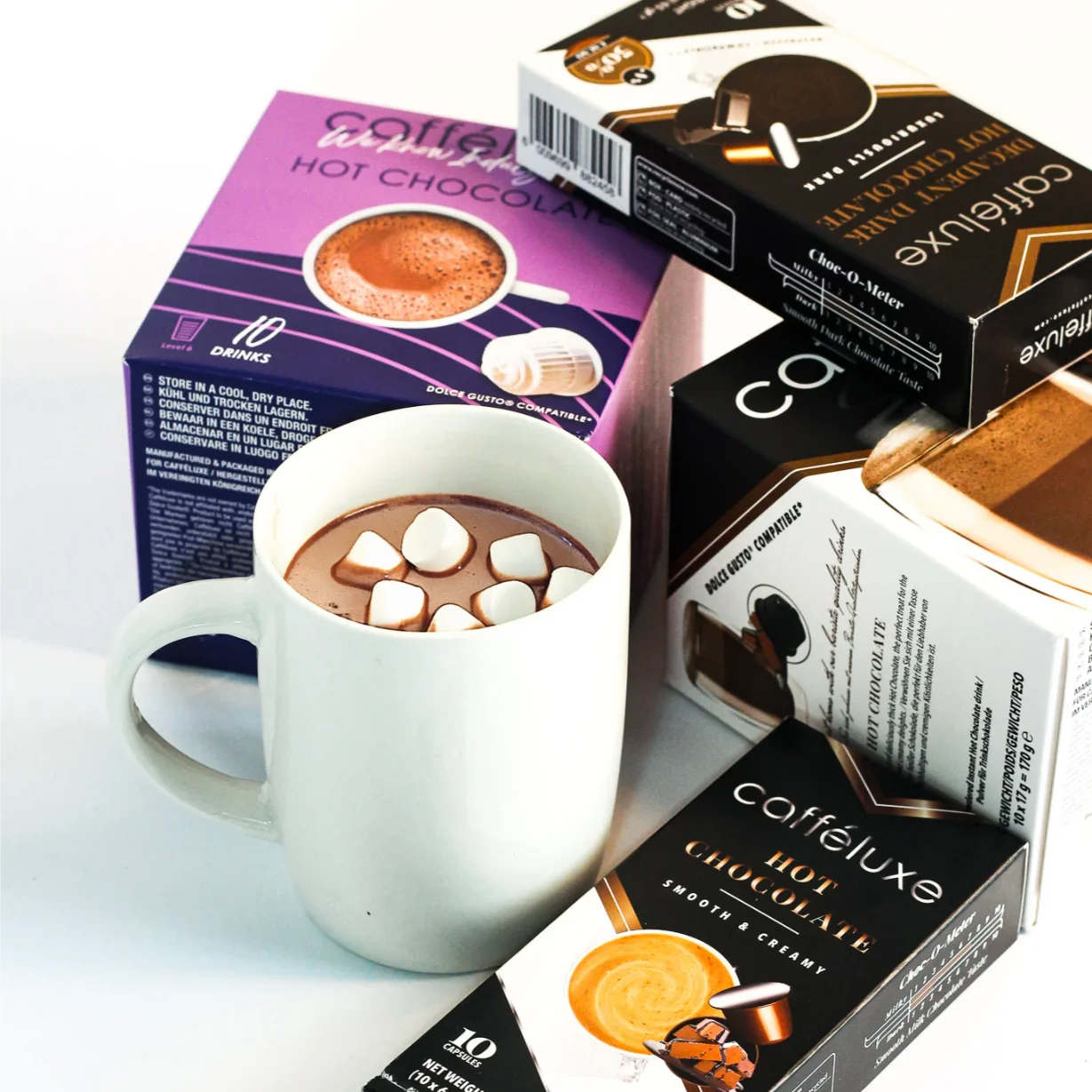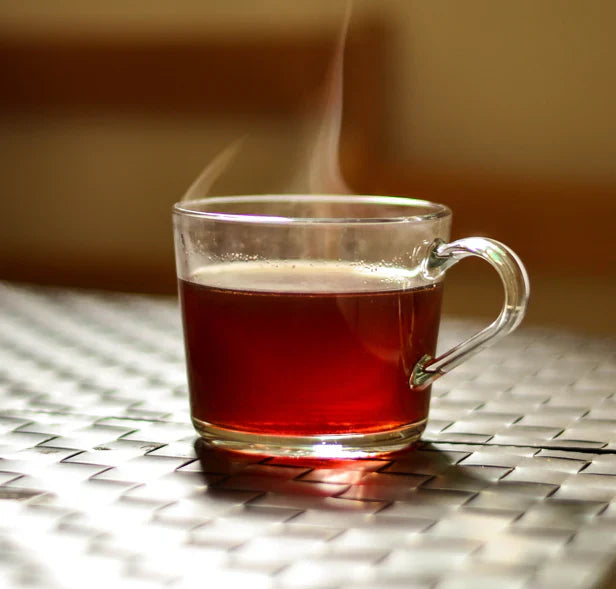
DECAF ISN’T THE SAME AS CAFFEINE-FREE
‘Caffeine-free’ and ‘decaffeinated’ drinks are two completely different things. However, people use these words interchangeably. Many people who are caffeine-sensitive also order decaf coffee with the thought that they are caffeine-free.
‘Decaffeinated coffee’ refers to the type where the caffeine has been extracted from coffee.
This process still leaves a little caffeine in there, whereas, ‘caffeine-free’ is a term used to refer to things that never had caffeine in them, to begin with. Did you know that there is no tea leaf that is caffeine-free? All tea plants contain caffeine, so if you are drinking caffeine-free tea, there is a chance that it is not tea but herbal tea or tisanes.
Fun fact: Many people think that the decaffeinated process takes place on roasted beans or instant coffee but that is not true. The process actually starts with the beans at their rawest form: green beans.
Curious about how ‘decaffeination’ began?
The first time someone decaffeinated coffee was actually by accident. It was discovered by Ludwig Roselius, founder of Kaffee HAG’s.
In 1903, he received a coffee shipment that was contaminated by seawater. This caused the natural caffeine to leach out of the coffee beans, all while maintaining the original flavour. Intrigued, Roselius set out to try and replicate this process of caffeine removal in an industrial setting. He tried multiple solvents but finally found his preferred result through benzene, and decaf coffee was born. Benzene was later discovered to be a possible carcinogenic, so alternative methods were tested. This gave birth to the modern decaffeination process.
Ever wondered how coffee is decaffeinated nowadays?
Coffee can be decaffeinated using multiple methods. In all of the decaffeination methods, the green coffee beans are firstly moistened so that the caffeine can be easily extracted from them. One of the decaffeination processes is called the ‘direct solvent method’. Here, solvents like coffee oil or ethyl acetate are generally used to extract the caffeine from freshly submerged beans.
The liquid solvent is thus exposed to a batch of moist green coffee beans, so that the beans start to dissolve the caffeine. The solvent is then removed by evaporation and the beans are rinsed with water after. This process has to be run multiple times - solvent is added to the container, circulated, then emptied many times to get the caffeine levels to the required or desired amount. Solvents are preferred over water for the decaffeination process as they remove almost all the caffeine much more precisely than water.
These solvents used in the process that are more caffeine-specific (solvents that are specifically used for the process to decaffeinate products) can actually remove up to 97% of the caffeine content in the beans. So, how is tea decaffeinated? There are several decaffeination methods to remove caffeine from tea. The most commonly used process for caffeine removal is the ‘Supercritical CO2 Method’. In this decaffeination process, carbon dioxide is kept under extremely high pressure, where the gas actually turns into a somewhat liquid state, almost like a thick fog.
The loose-leaf tea is kept in a closed container with the carbon dioxide at a pressure reaching up to 5,000 pounds per square inch. This helps the caffeine separate, and then the caffeine is extracted from the container. Even after the decaffeination process, there is still roughly estimated 2 milligrams of caffeine or 2 percent caffeine per cup in a properly brewed cup of decaffeinated tea. The extracted caffeine is usually then sold to other companies who use it to put in their products like sodas, energy drinks, etc.
Closing thoughts Not only is the decaffeinating process quite fascinating, but it is also safe for our health. In 1999, the FDA concluded that the chemicals used in the decaffeinating process are safe to use.
This is because the trace amounts left on the beans are so minuscule (10 parts per million or 0.001% of the finished product) that they cannot adversely affect your health. A cup of decaf coffee contains around 7mg of caffeine which is much less than the 70- 140mg in a regular cup of coffee.
If you’re someone who drinks coffee regularly, you can easily drink a decaf coffee in the evening without worrying about having trouble falling asleep. Your body is probably already accustomed to the regular coffee dose that the decaf will not keep you up at night.
Share
